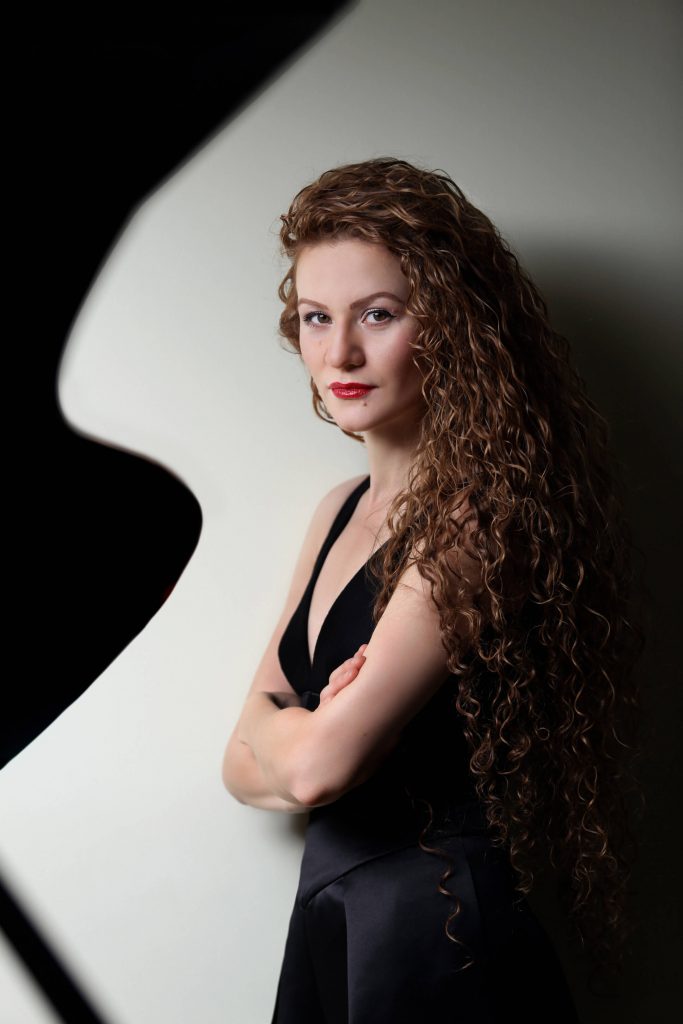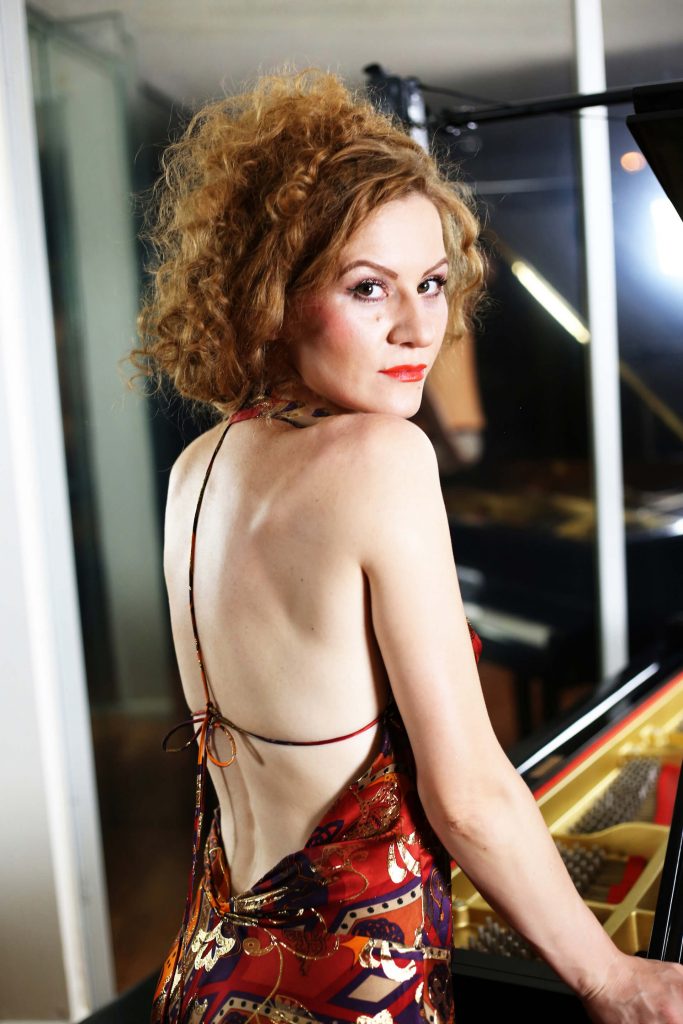Asiya Korepanova, the Renaissance Woman: Russian, Wild and Musically Dangerous
An interview with Momentum Artists, July 2018.*
(1) Momentum: You are a true modern Renaissance woman, despite your very young age: a pianist, poet, visual artist, composer, festival producer, educator, arranger, and transcriber. What a beautiful and rich palette of human depth and creativity! Can you tell us more about how all of those aspects came together in you, and in which way they complement each other?
Asiya: I always thought that classical music was special because it enhances the best in us and touches the finest strings of our spirit. I became interested in ideas that brought together different forms of art and naturally inspired one another. Even though each form of art is limitless and can be explored intensely, the associations between them create new dimensions of understanding and experiencing, for the artist and the audience alike.

Photographer: Emil Matveev
To me, the “Renaissance approach” is fundamentally fulfilling and at the same time, fundamentally challenging: so many ideas and so much inspiration combined with so little time to reach the level of the ever rising demand for quality and quantity.
My mother introduced me to various forms of art very early in my childhood, and used them in place of children’s books and stories. I browsed through the art museums’ catalogs since I was three months old and learned how to write by copying poetry of different authors into my copybook.
There were many other activities of the kind that made me feel as if art was absolutely regular and expected part of life. I was homeschooled until the age of ten. After joining the school, I remember being bored with the way the art classes were taught, as well as frustrated with the lack of curiosity and awareness about art in the circle of my classmates.
I feel the urge to learn, to discover, to try, to challenge myself, and to create. I think this urge is my blessing, as it helps me to overcome whatever obstacles come into my life and always reminds me that I have a purpose.
(2) Momentum: Tell us about your current projects – the top three ones that you think about most of the time. What excites you about them the most? What do we, the audience, can look forward to once they go live?
Asiya: Well, the largest ongoing project that I have is my summer concert series and the Academy I run at the University of Maryland, Baltimore County – Festival Baltimore. It focuses on presenting the complete collections of works of a particular genre or instrumentation by a given composer. This is my personal fight against the diminishing duration of the classical music concerts, as well as the ongoing myth asserting that it is impossible to focus for such a long time, which is why we need to dilute programs with movie music and other popular tunes. And we perform everything in chronological order, which gives the audience a very special experience: people can hear how the composer’s style, imagery and emotional depth were evolving over time, which is almost as seeing the composer’s life passing by your eyes.
So far, Festival Baltimore presented two seasons with programs spanning from Baroque music to the works of the living composers. Our artists played, among others, complete Beethoven cello sonatas, complete Paul Creston works for alto saxophone with piano, complete Mendelssohn piano trios and sextet, complete Brahms violin sonatas, complete Richard Strauss chamber works with piano, complete George Walker piano sonatas, complete Tchaikovsky string quartets – each in just one night!
Our students come to us to intensely work on the pieces of cycles such as complete Brahms Piano Quartets, with the purpose of producing a publicly filmed and recorded performance at the end. They study with the participating artists and receive dozens of hours of coaching and rehearsals during the two weeks of the festival. The third season of Festival Baltimore is planned for the second half of June, 2019.

Photographer: Matthew Taylor
The second large project I am working on is my YouTube series Midnight Pieces, in which I upload a new beautiful piece, suitable for night-time listening, on a weekly basis. These compositions follow the inner pattern of an obscure piece, a famous piece, a piece by a certain Russian composer, and a transcription of mine. I created thirty episodes so far, out of the fifty-three ones planed for the first season. People have been asking me whether there will be a second season; I received many suggestions from my online audience members, who wanted me to record a different music, as well.
The third project evolves around Rachmaninoff and involves a recording of Rachmaninoff’s two piano sonatas, along with my solo piano transcription of his cello sonata as a “third sonata”. The project also includes publishing of the score of the transcription. The recording has already been done and is in the final stages of mastering.
Finally, there is also a fourth project! In 2007 I issued a recording and a multimedia album called Euphoria after Liszt, in which my performance of twelve transcendental etudes by Liszt is accompanied by twelve poems and twelve drawings of mine. Last year, I started performing the complete cycle of twenty-four etudes by Liszt during the same recital, and this experience inspired me to expand the collection of drawings and poems to go along with the newly added twelve etudes. It will be a slow process but I am hoping to present the Euphoria after Liszt 2.0 in February as a part of my recital for the Nazareth college.
(3) Momentum: If you were to select top three artists or groups you would love to collaborate with for the first time, regardless of the genre they’re working in, who would they be and why?
Asiya: I am a huge fan of Bernard Haitink and Andris Nelsons, as I am a very obsessive listener of the symphonic repertoire.
Haitink is one of the last giants, and his sound and the way he shapes colossal works are unique. My absolute dream would be to perform Brahms concerti with him.
Andris Nelsons is a magician of details and subtleties, and his energy is so inspiring! There is a long number of works that I would be thrilled to play with him. Two other incredible artists are Jonas Kaufmann and Morris Robinson. Their voices and musical depth are just sublime, and it would be incredible to perform chamber music by Strauss, Mussorgsky, Schubert, Schumann, and Brahms with them.
(4) Momentum: Rejection is part of the package once you commit to being a full-time performing artist. I’m sure you’ve had your own share of that. It is probably one of the most frustrating yet unavoidable realities of every artist’s life. Can you share your thoughts, some personal examples and tips on dealing with the rejection while not allowing it to pull you down?
Asiya: What I do is who I am, and these two things are indistinguishable. This knowledge helped me so far with all the struggles and obstacles that I have faced on my path, and there were plenty. The fact that I am a musician is not about doing the job, it is not a career choice, it is not an option among the all the possible paths. It is who I am. And although I constantly work on many things to improve myself, I know very well what it is that I am capable of doing, so when someone tells me “you cannot do this”, I am going to say “well, you are wrong”, and move on. Of course, it is not as easy as it sounds, as we are all emotional human beings with a thin skin, but, after all, scars are sexy, and experience is one of the most valuable assets one can get.
I was first told that I will never be a pianist, that I have no technique, then that I have too much technique, that I think as a composer and so I will not be a soloist and will only be a decent accompanist. I was also told that I would not be welcomed back to perform with this conductor because I did not play on stage EXACTLY like at the dress rehearsal, that I am not welcomed in this agency because they already have two Eastern-European females (which was concluded without ever going into any details about me, except for my name), that I shall dress much more revealing, that I shall play this repertoire but not that, and so on.
There were also many things on my way for which some people sue others, and I would never do it. Overall, I learned that the occasions when others will try to stop you directly or indirectly are very common. Sometimes because of their impression that you are not good enough, sometimes out of jealousy, sometimes for other personal reasons. But none of that should change your unique and genuine aspirations and ideas, your own voice and your willingness to learn, to improve and to do what makes you feel happy and complete.
(5) Momentum: You just joined Momentum Artists. What prompted you to join this boutique management company and what is your vision for your collaboration with them?
Asiya: I love people who think unconventionally, and to me Momentum Artists, while providing traditional types of services, also have an interesting twist of being capable of going in any direction. I crave creative challenges and freedom, as well as the ability to go the way I see and feel at any given moment in time. The types of projects that Momentum works on make me confident that I would be able to realize a broad range of ideas with them, beyond just strict piano playing (which is an amazing thing to do by itself!).
(6) Momentum: Last but not least, give us a taste of who you are as an artist by sharing three of your favorite videos of your performances. Tell us why they are your personal favorites. Thank you!
Asiya:
Elegie is the first transcription I have ever written. It was the most liberating experience, and I was so happy to feel this freedom of “taming” the “wild” piece of music by my own hands!
Rachmaninoff, Sonata No.1 Op.28, Mov.1
This is just one of my favorite pieces to play, and I was happy with this performance, which actually happened in Baltimore at the UMBC’s Linehan Hall, which instantly inspired me to organize a festival there.
Tchaikovsky-Korepanova Rose Adagio from the Sleeping Beauty
Rose Adagio is one of my favorite encores to play. Among the pieces that I have transcribed, this tune is the one the audience recognizes very easily, as many people saw the Sleeping Beauty ballet (a much less heard piece is Rachmaninoff’s cello sonata, or Richard Strauss’ Ein Heldenleben). A lot of people know what is being performed even when I do not announce the name from the stage, so it is always a joy to finish the performance with this work!
*Asiya is no longer represented by Momentum Artists.

